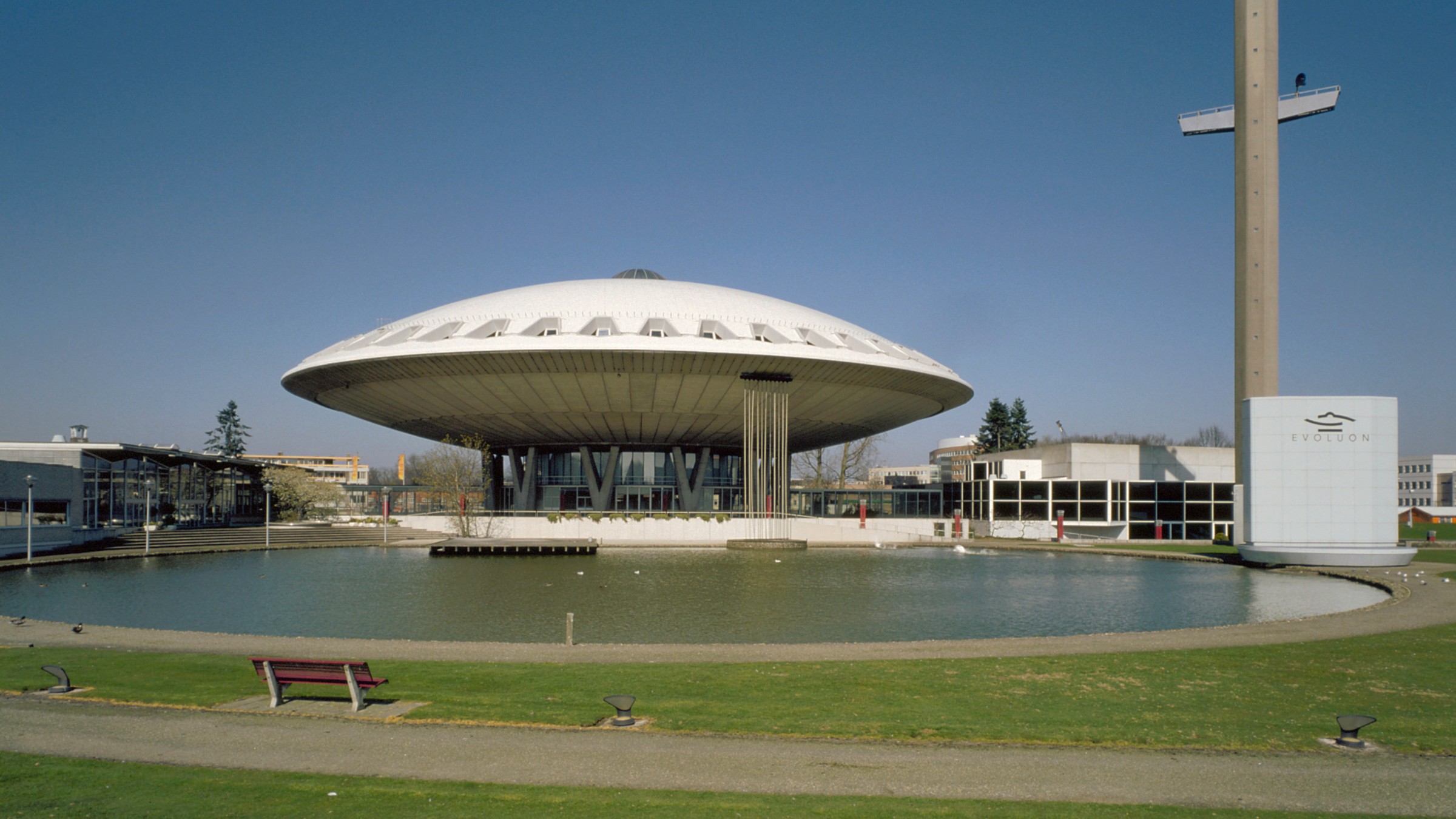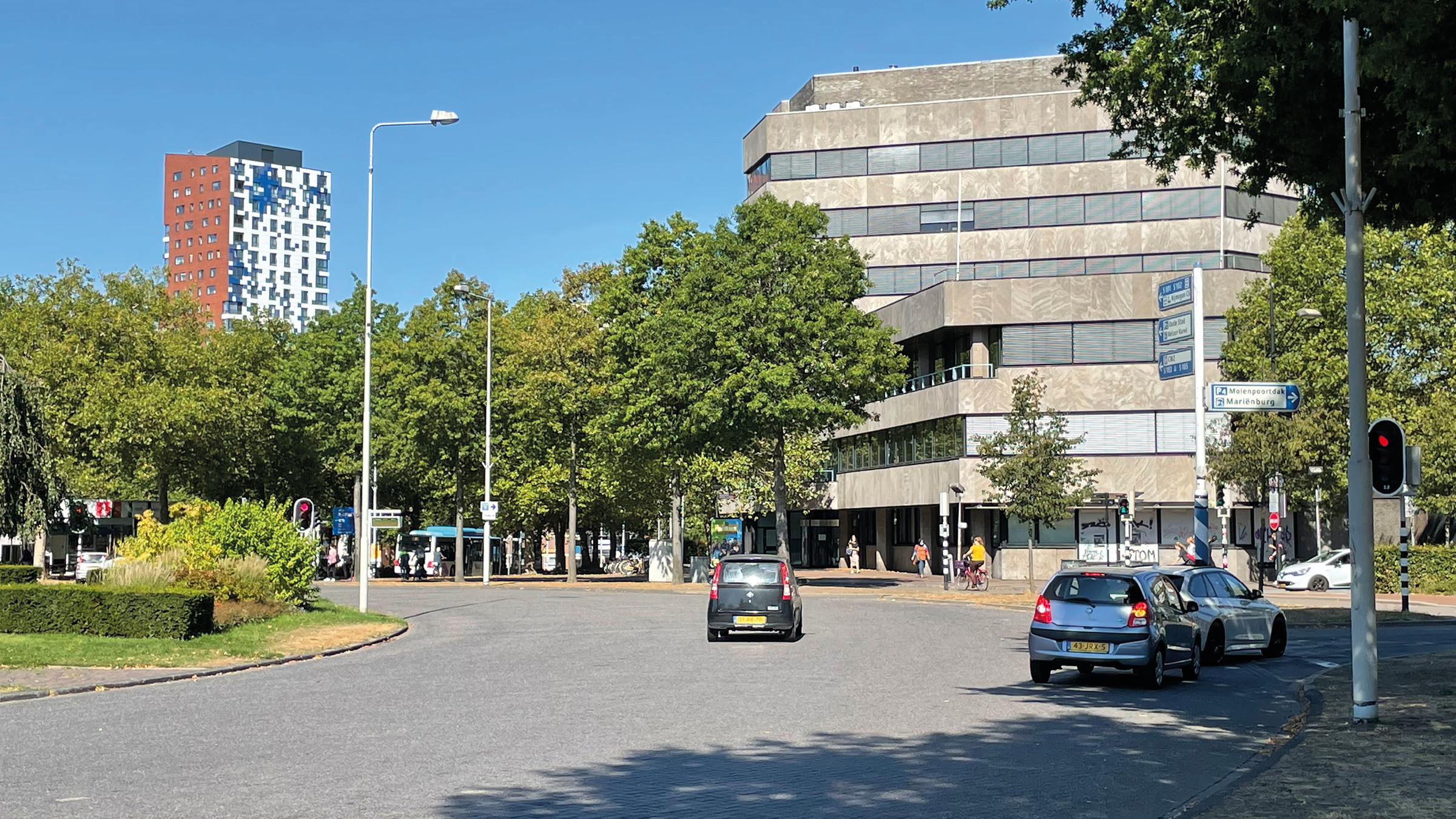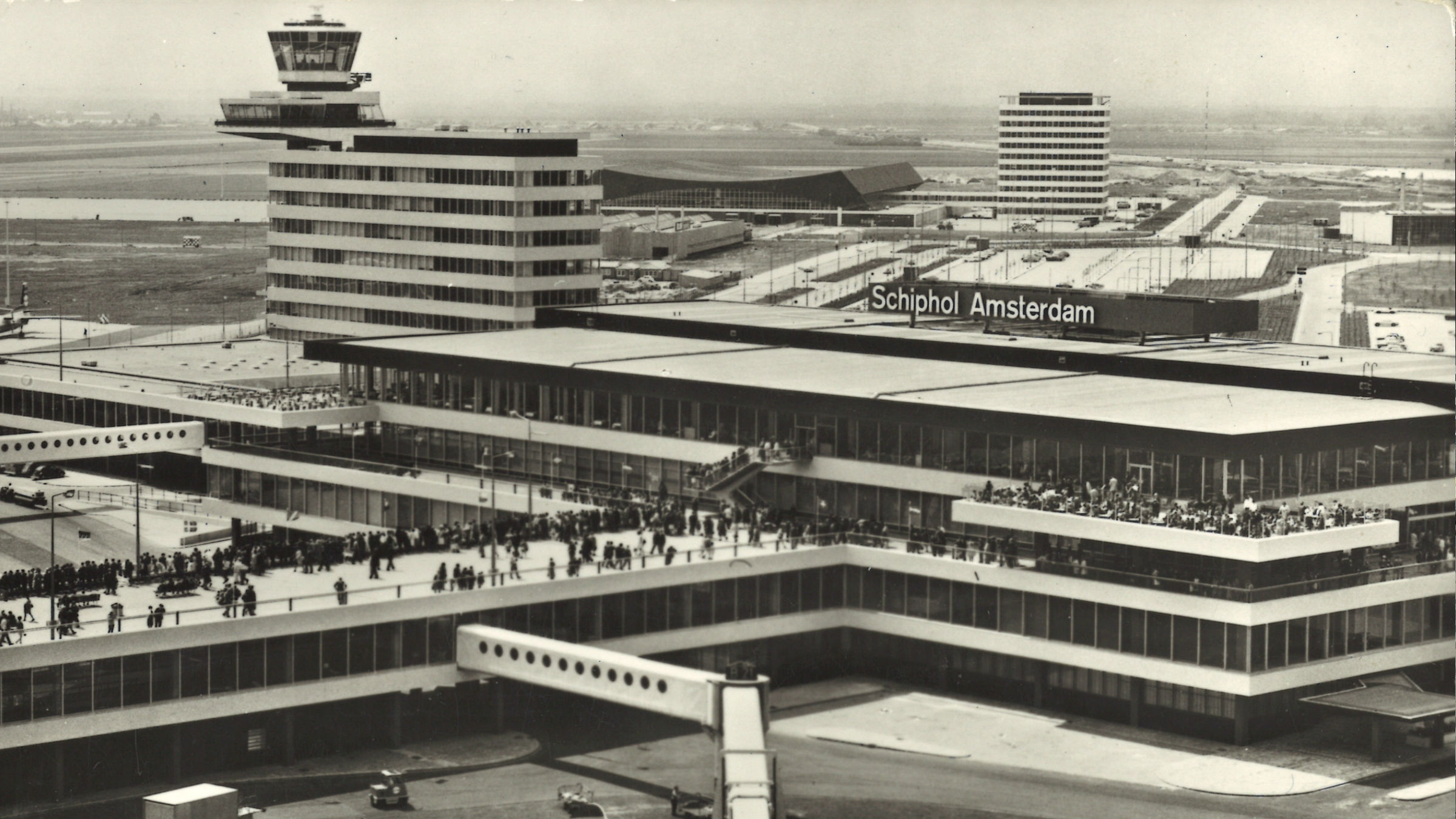



BUILDINGS AND URBAN AREAS - FRAMEWORKS FOR TRANSFORMATION
WHAT DOES STEENHUISMEURS DO?
How much can a building or an ensemble of buildings take? That is the key question with regard to transformations aimed at function change, sustainability or expansion, with the ambition – and frequently also the obligation – to do justice to what is already there. We determine the capacity and the cultural history spectrum, taking into account the material value, the underlying spatial structure and the emotional value. We define the elements essential for preservation, and why this is so, and we indicate the scope for change. By way of inspiration we suggest design themes, possible interpretations of what the heritage stands for and references for solutions. The guiding design principles and the stories frequently offer great leads. All this is recorded by us in transformation guidelines, an assessment framework or a set of recommendations. Transformation guidelines contain rules for spatial interventions, so that all parties concerned know where they stand. In collaboration with the Netherlands Cultural Heritage Agency, we have developed a guideline for transformation frameworks.
CASE 1
GUIDELINES FOR TRANSFORMATION FRAMEWORKS
In collaboration with the Cultural Heritage Agency of the Netherlands (RCE)
Working with cultural heritage means conservation and restauration, but also change and transformation, in order to support its users of today and in the future. SteenhuisMeurs together with the Cultural Heritage Agency of the Netherlands (RCE) initiated and drew up a set of guidelines for transformation frameworks. A transformation framework presents the heritage values in combination with the spectrum of interventions that protect or enhance these values. Other government and heritage consultancy organisations were also involved in the process. The guidelines include a list of contents of a transformation framework, as well as examples of existing transformation frameworks. The document can be found here (only in Dutch): cultureelerfgoed.nl

The guidelines document
CASE 2
STADSHART BREDA
Three transformation frameworks
commissioned by the Municipality of Breda
The historic city center of Breda is a protected cityscape. The municipality cherishes the area as the ‘treasure chamber’ of the city. At the same time, it is a densely built urban area where change is constant. Since the post-war period, most inner courtyards have been opened as green spaces, and new housing has been added. Recent development proposals have led to the need to define the characteristics of this treasured city scape.
SteenhuisMeurs carried out a dual study for Breda: an overarching cultural heritage analysis and three transformation frameworks. For three locations with the city center, the capacity for change was assessed in relation to the protection of the heritage values.

Catharinastraat in the historic city center of Breda
CASE 3
AMBITION DOCUMENT DIDELDOM 2050
Input from cultural history
commissioned by the Municipality of Stadskanaal, in collaboration with MINT architects and PeetersenDaan
SteenhuisMeurs researched the history, heritage and narrative of the Dideldom area in Stadskanaal. It was home to a large Philips factory complex built from 1958 onwards. The study went beyond Dideldom itself, mapping historic structures of Stadskanaal to reveal broader spatial trends. It showed that the town center, a long ribbon of development in the peat colonies, shifted multiple times along the central axis of the town. An important element was the dialogue with local residents, including students of a local school. Their input helped define the identity of Stadskanaal.

Former buildings of Philips in the Dideldom area




BUILDINGS AND URBAN AREAS - FRAMEWORKS FOR TRANSFORMATION
WHAT DOES STEENHUISMEURS DO?
How much can a building or an ensemble of buildings take? That is the key question with regard to transformations aimed at function change, sustainability or expansion, with the ambition – and frequently also the obligation – to do justice to what is already there. We determine the capacity and the cultural history spectrum, taking into account the material value, the underlying spatial structure and the emotional value. We define the elements essential for preservation, and why this is so, and we indicate the scope for change. By way of inspiration we suggest design themes, possible interpretations of what the heritage stands for and references for solutions. The guiding design principles and the stories frequently offer great leads. All this is recorded by us in transformation guidelines, an assessment framework or a set of recommendations. Transformation guidelines contain rules for spatial interventions, so that all parties concerned know where they stand. In collaboration with the Netherlands Cultural Heritage Agency, we have developed a guideline for transformation frameworks.
CASE 1
GUIDELINES FOR TRANSFORMATION FRAMEWORKS
In collaboration with the Cultural Heritage Agency of the Netherlands (RCE)
Working with cultural heritage means conservation and restauration, but also change and transformation, in order to support its users of today and in the future. SteenhuisMeurs together with the Cultural Heritage Agency of the Netherlands (RCE) initiated and drew up a set of guidelines for transformation frameworks. A transformation framework presents the heritage values in combination with the spectrum of interventions that protect or enhance these values. Other government and heritage consultancy organisations were also involved in the process. The guidelines include a list of contents of a transformation framework, as well as examples of existing transformation frameworks. The document can be found here (only in Dutch): cultureelerfgoed.nl

The guidelines document
CASE 2
STADSHART BREDA
Three transformation frameworks
commissioned by the Municipality of Breda
The historic city center of Breda is a protected cityscape. The municipality cherishes the area as the ‘treasure chamber’ of the city. At the same time, it is a densely built urban area where change is constant. Since the post-war period, most inner courtyards have been opened as green spaces, and new housing has been added. Recent development proposals have led to the need to define the characteristics of this treasured city scape.
SteenhuisMeurs carried out a dual study for Breda: an overarching cultural heritage analysis and three transformation frameworks. For three locations with the city center, the capacity for change was assessed in relation to the protection of the heritage values.

Catharinastraat in the historic city center of Breda
CASE 3
AMBITION DOCUMENT DIDELDOM 2050
Input from cultural history
commissioned by the Municipality of Stadskanaal, in collaboration with MINT architects and PeetersenDaan
SteenhuisMeurs researched the history, heritage and narrative of the Dideldom area in Stadskanaal. It was home to a large Philips factory complex built from 1958 onwards. The study went beyond Dideldom itself, mapping historic structures of Stadskanaal to reveal broader spatial trends. It showed that the town center, a long ribbon of development in the peat colonies, shifted multiple times along the central axis of the town. An important element was the dialogue with local residents, including students of a local school. Their input helped define the identity of Stadskanaal.


